Elementary Particles
Elementary
Particles
--------------------------
Joseph F. Alward, PhD
Department of Physics
University of the Pacific |
 |
Until 1932, the "elementary" particles were the electron,
proton, and neutron. We now know of hundreds of other
elementary particles.
Pion Production
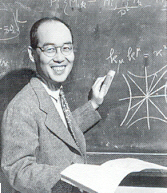
Hidekei Yukawa (1907-1981)
In 1935 Yukawa predicted
existence of pions, which
were finally discovered in
1947. |
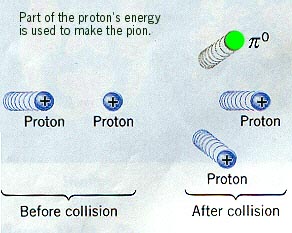
Pion decays into two gamma photons in
0.8 x 10-16 s. |
Matter from Energy
Other elementary
particles can be created out of thin air
from pure energy; the positron, for
example. |
Antiparticles
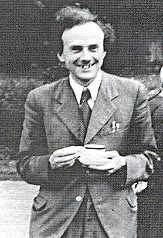
Paul Dirac (1902-1984)
1933 Nobel Prize
In 1928 Dirac
redicted the
existence of the positron
|
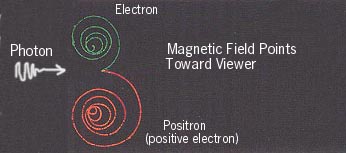
The positron was discovered in 1932 by C.D.
Anderson.
In this false-color cloud
chamber photograph a
gamma-ray photon disappears and in its
place
appear an electron and its antiparticle, the
positron,
a particle of equal mass but opposite charge.
|
Missing Energy in Beta Emission
(Leads to discovery of another elementary particle)
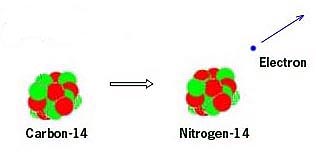
Electron (beta particle) doesn't have the same
kinetic energy each time. Why? |
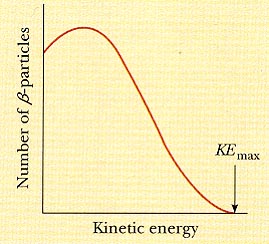 |
The Neutrino
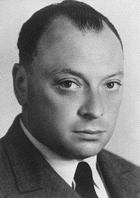
Wolfgang Pauli, Austrian
physicist (1900-1958)
In 1931 predicted existence
of a particle which Enrico
Fermi called "neutrino".
1945 Nobel Prize
|
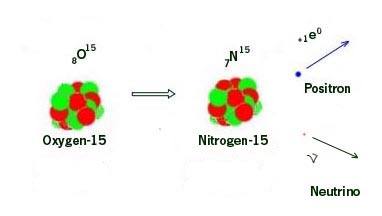
The neutrino was found in 1956. It is believed
to have
zero charge, and practically zero mass.
|
The Anti-Neutrino
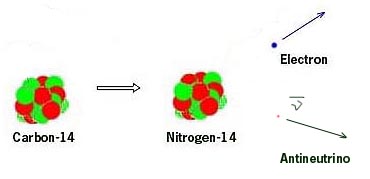
The antineutrino carries away the "missing"
energy. |
 |
Neutrinos from Supernova
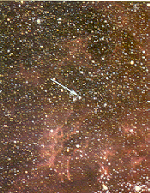
Supernova 1987A
170,000 light years
away emitted a blast
of neutrinos traveling
near the speed of light. |
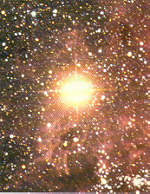
Two hours later the
supernova began
emitting a blaze of
light a million times
brighter than the Sun. |
Today, every square
centimeter on Earth is
struck by a neutrino
each second. |
Positron-Electron Annihilation
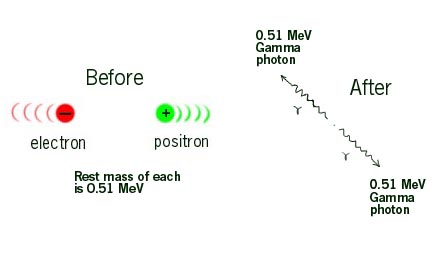
The positron is the anti-particle to the
electron, and vice-versa.
When they come together, they annihilate one
another; pure
energy appears in their place in the form of
gamma photons
moving in opposite directions. |
Positron Emission Tomography
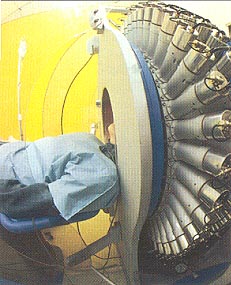
"tomos": slice |
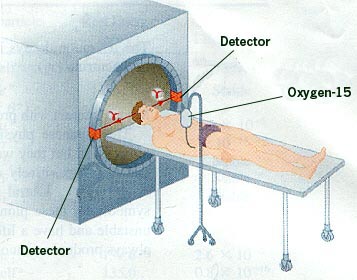
8O15 -------> 7N15
+ 1e0 then
1e0 + -1e0
-------> g + g |
PET Scan Image of Brain
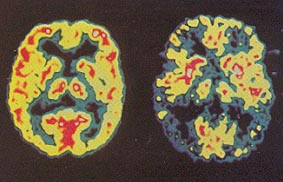
Healthy brain Brain
with Alzheimer's
disease |
 |
Material Particles
Leptons
Examples:
muon (-)
electron
neutrino
-----------------
No internal
structure |
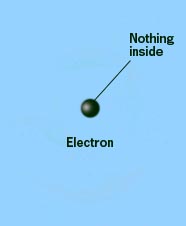 |
Hadrons
Examples:
neutron
proton
pion (+)
----------------
Believed to
contain
quarks. |
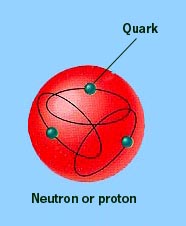 |
(The pion is also called a pi-meson.)
Quarks
Hadrons
Examples:
neutron
proton
pion (+)
----------------
Believed to
contain
quarks. |
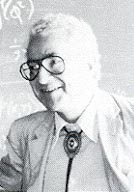
Murray Gell-Mann took
the name quark from
"Three quarks for muster
Mark", in James Joyce's
book Finnegan's Wake.
(1963) |
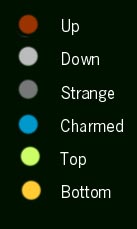
Whimsical names--
called "flavors"--for
the quarks. |
Molecules, Atoms, and Nuclei
Nuclei, Nucleon, and Quarks
Quark Charge
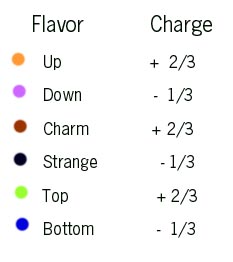 |
The neutron
contains three quarks. Which three
quarks
could be used to make a neutron?
The proton
contains three quarks. Which three
quarks
could be used to make a proton?
The pion
has a charge of +1 and contains two
quarks.
Which two quarks--if any--could be used to
make a pion? |
Quarks and Anti-Quarks
 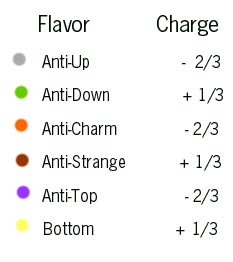 |
The Pion
(Two quarks; charge: + 1)
Which two quarks could
be used to make a pion?
The Neutron
(Three quarks; charge: 0)
Could a neutron have
one or more antiquarks?
|
Quark Structure of the Pion, Proton, and
Neutron
Quark Color Causes Strong Force (Nuclear
Force)
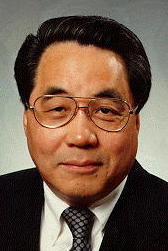
Moo-Young Han, Duke Univ |
In 1965 Moo-Young Han and
Yoichiro
Nambu suggested quarks possess color.


The "color" attribute is not traditional
color;
the name is somewhat arbitrary, and almost
as whimsical as the names of the quarks.
|
Color is also called
color charge.
Like colors repel.
Unlike attract.
Color-AntiColor
attraction is
stronger.
Blue-AntiBlue
stronger than
Blue-Red, for
example
|
Quark-Containing Particles are White
Protons and neutrons
contain
three quarks:

Protons and neutrons each
contain a red, blue, and
green quark.
|
Pi-mesons contain only
two quarks.
For example:
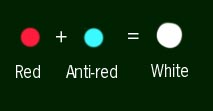
Anti-red is white light minus red,
or, blue-green.
|
Quarks Exert Force by
Exchanging Color
Material particles:
Leptons
Examples:
muon
(+)
electron
neutrino
-------------
Leptons
contain
no quarks |
Hadrons
Examples:
neutron
proton
pion
(+)
-----------
Hadrons
contain
quarks |
|

Color charge is the cause of the color force,
also known as the
strong force. |
Quarks and Gluons
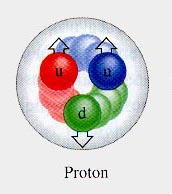
The strong force is caused
by the emission and
absorption of gluons. |
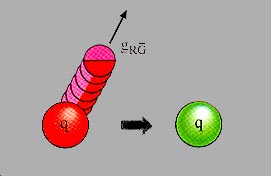
Rule: Sum of colors conserved
|
Red-antigreen gluon is
emitted by a red quark,
which is transformed to
a green quark.
A green quark, not shown,
absorbs the red-antigreen
gluon and becomes a
red quark. |
Source of this page:
http://sol.sci.uop.edu/~jfalward/elementaryparticles/elementaryparticles.html
Last
modified

|

|
